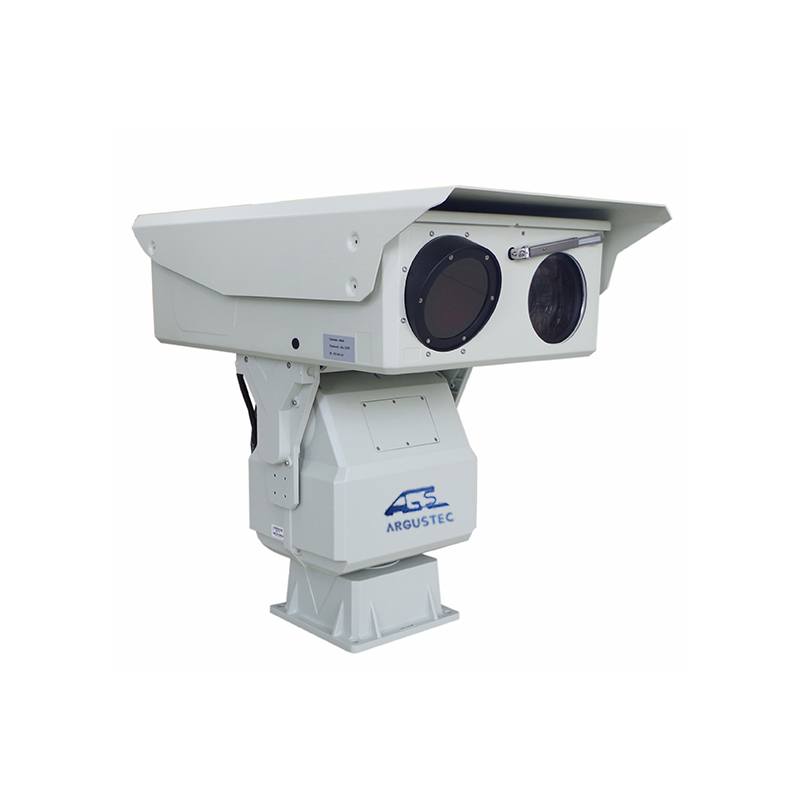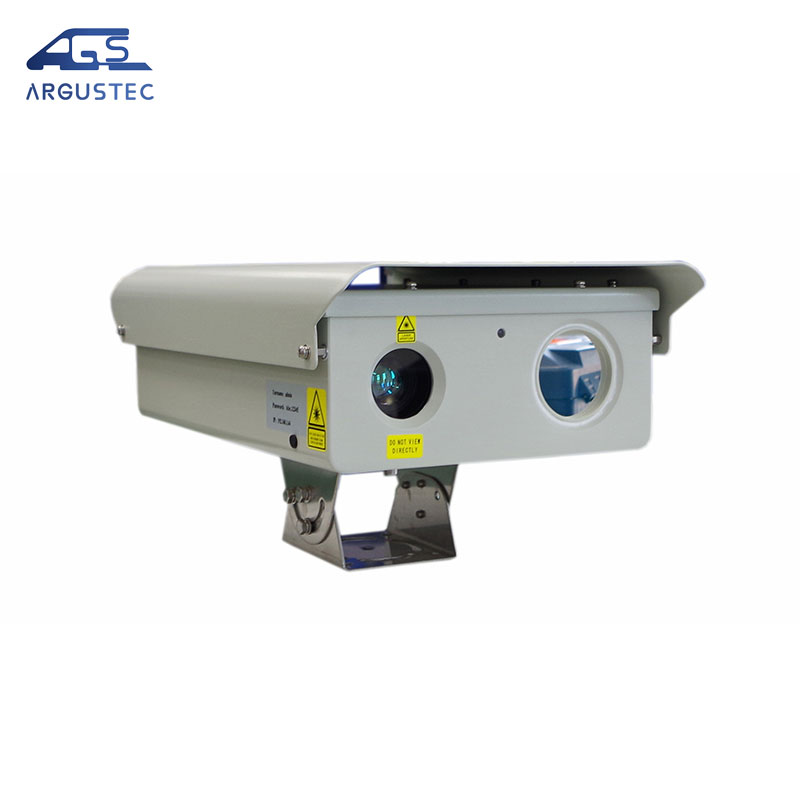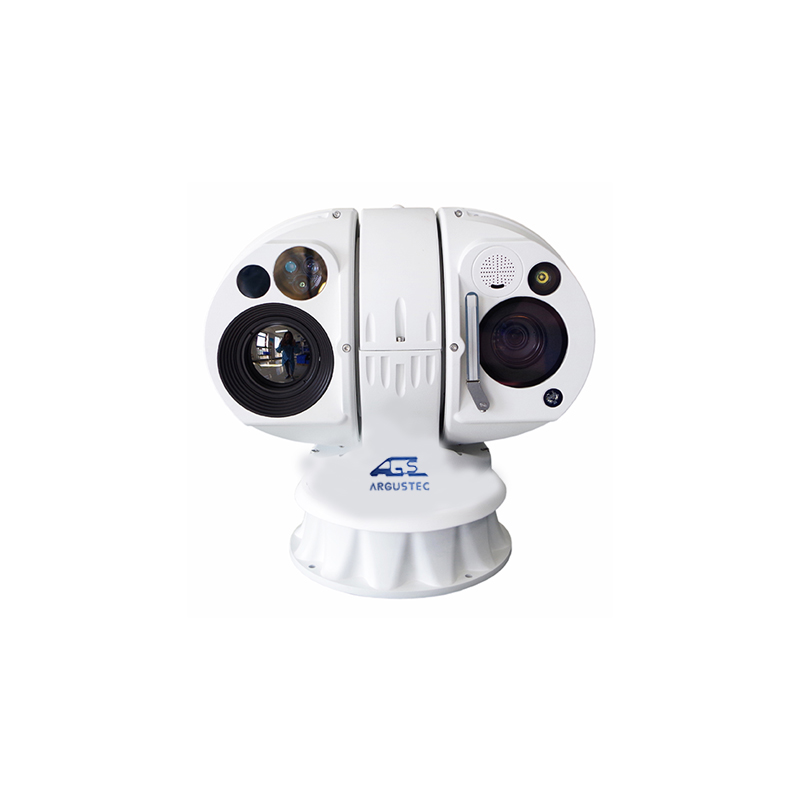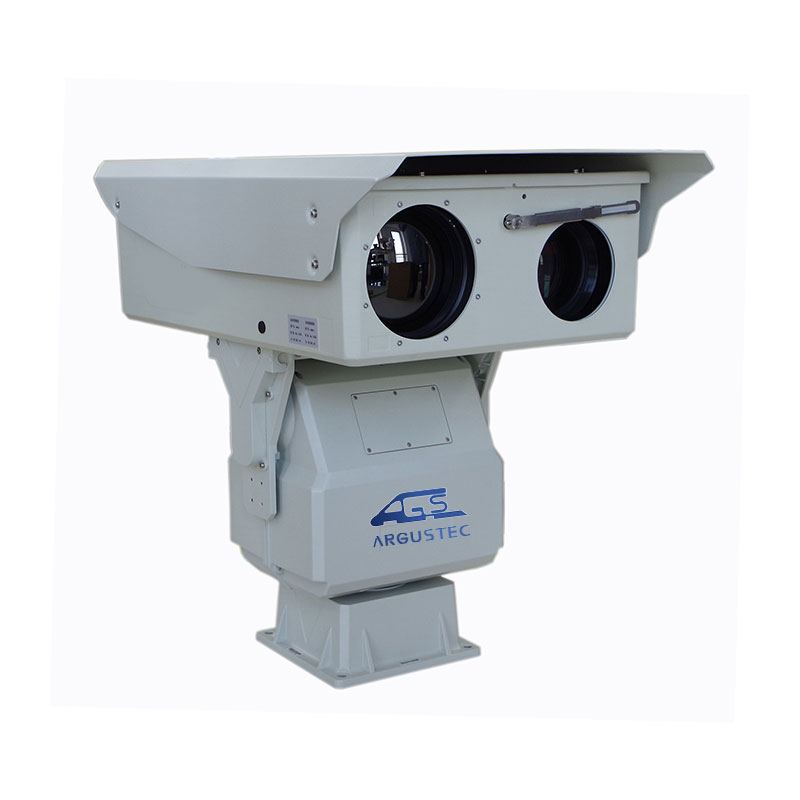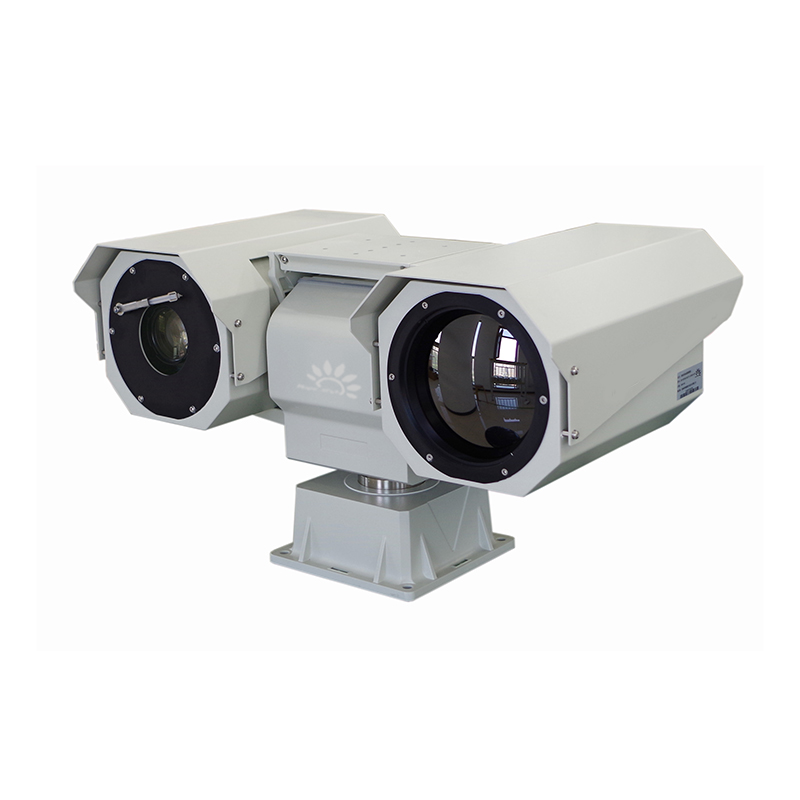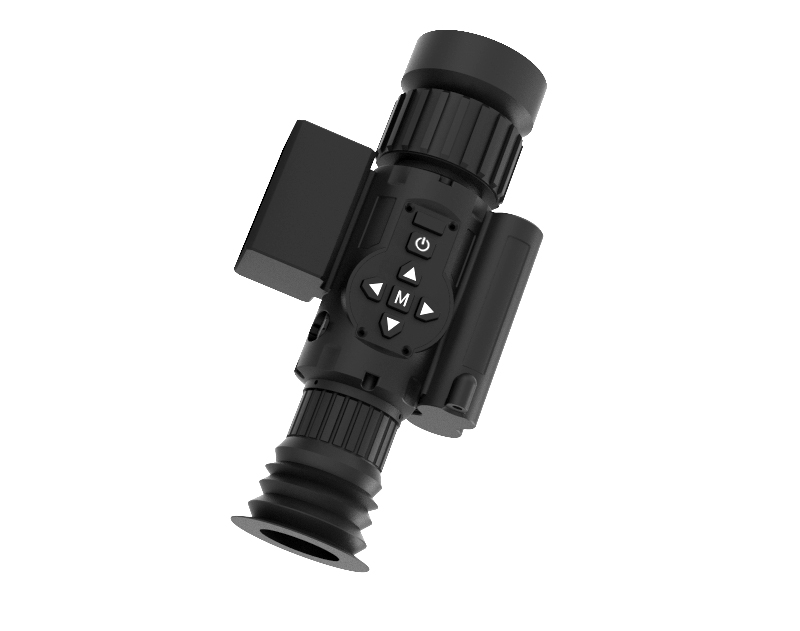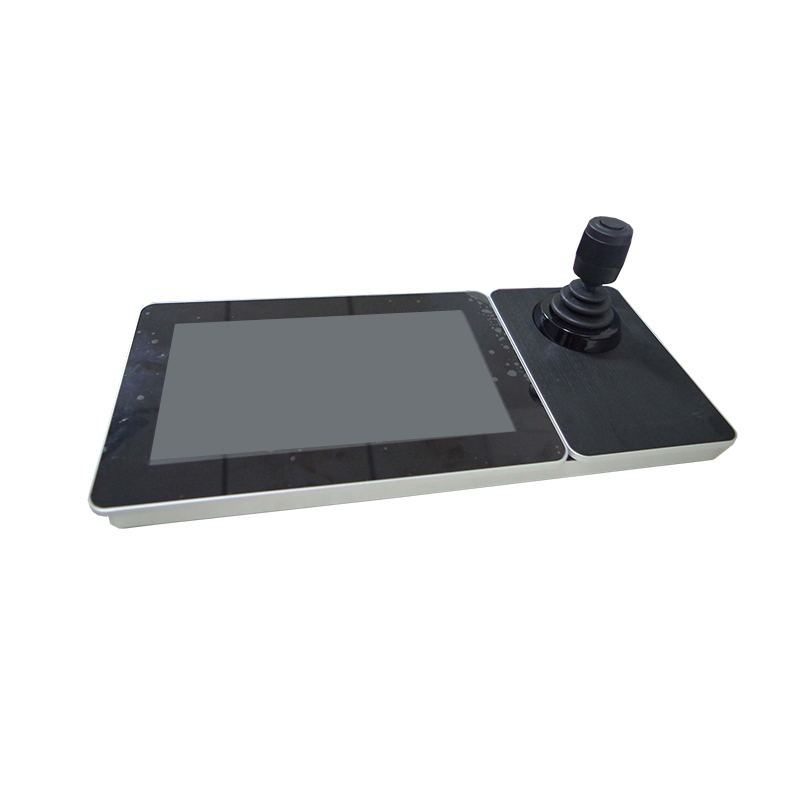The so-called civil field refers to several fields such as electric power, construction, medicine, and petrochemical. In
The thermal camera will be subject to certain wear and tear during use, and these problems will cause the performance of
The thermal camera has incomparable advantages and characteristics of other products of the same type. The infrared ther
The thermal camera can convert the temperature distribution image of the target object into a video image by detecting t
A monocular thermal camera is to transform the invisible infrared energy emitted by the object into a visible thermal im
Resolution is an important indicator of night vision cameras and many optical imaging systems, which affects the ability
Because thermal imaging is a passive, non-contact detection and identification of targets, it is concealed and undetecta
The thermal camera uses an infra-red detector and an optical imaging objective to receive a graphic representation of th
Vehicle Mounted Laser Camera offered by China manufacturer Argustec Information Technology Co., Ltd.. Buy high quality Vehicle Mounted Laser Camera right now! 86-531-88878896
night vision monocular manufacturers/supplier, China night vision monocular manufacturer
4K Camera. Adiance is a leading and the best CCTV manufacturing service provider with ISO certified and one of the best outdoor and indoor wireless security and surveillance cameras with smart AI/ML Technology, Started in the
Best Key Management Software for Businesses in 2023. Best Key management software are Key Organizer, Key Wizard, KeyZone, NetFacilities, and SimpleK. They help in understanding the key factors of your business and whether the company is working according to the desired results. Write a Review. Free Demo Get Pricing.
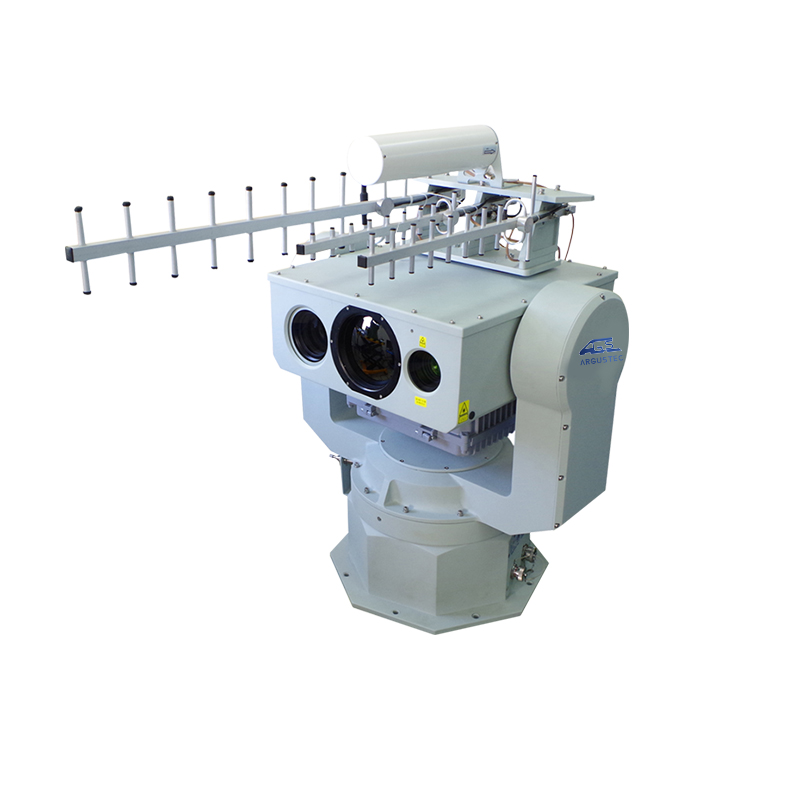

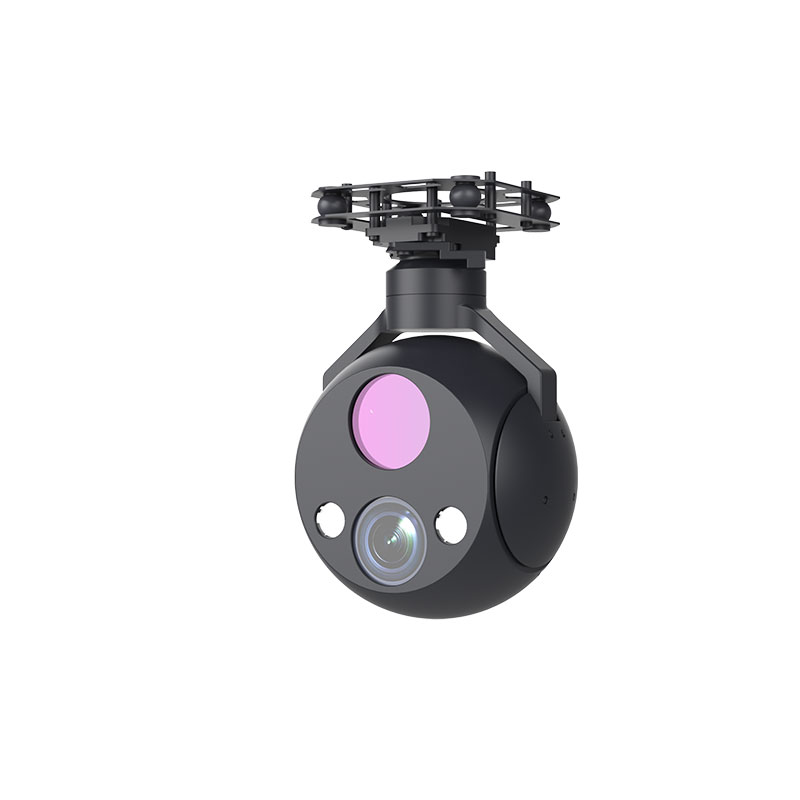


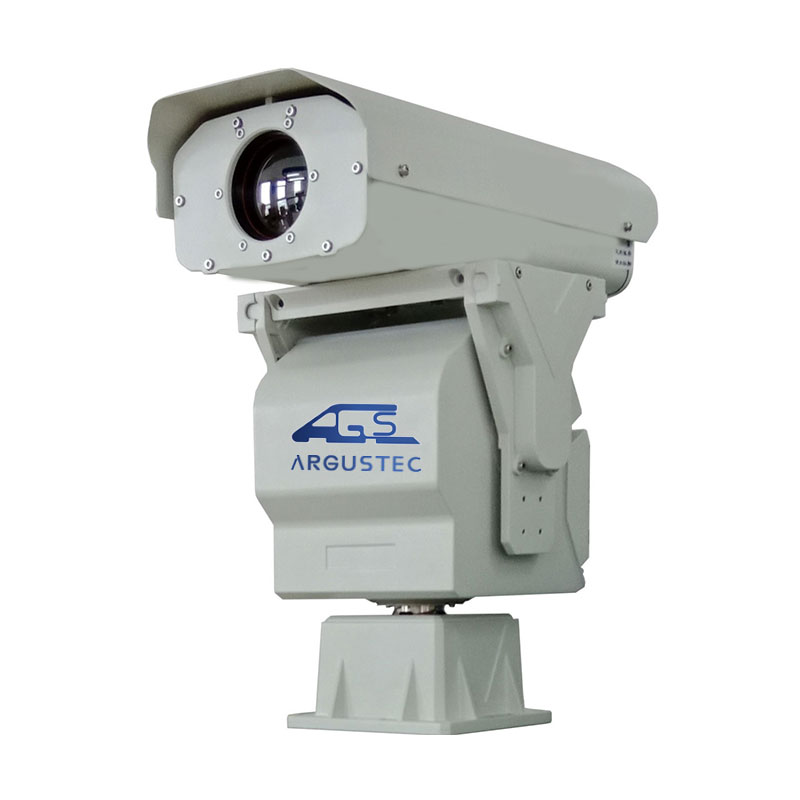
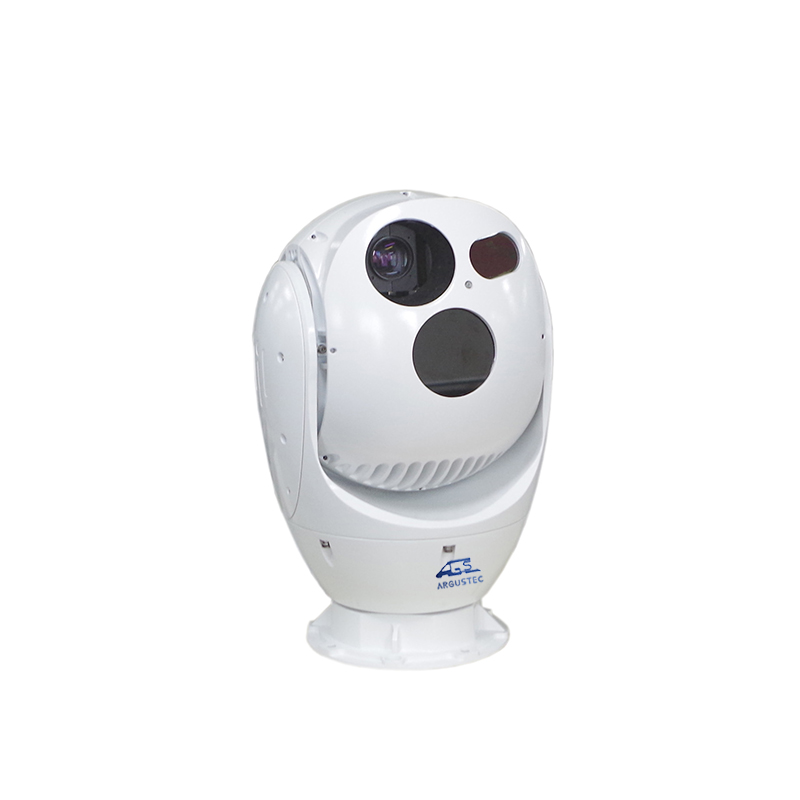

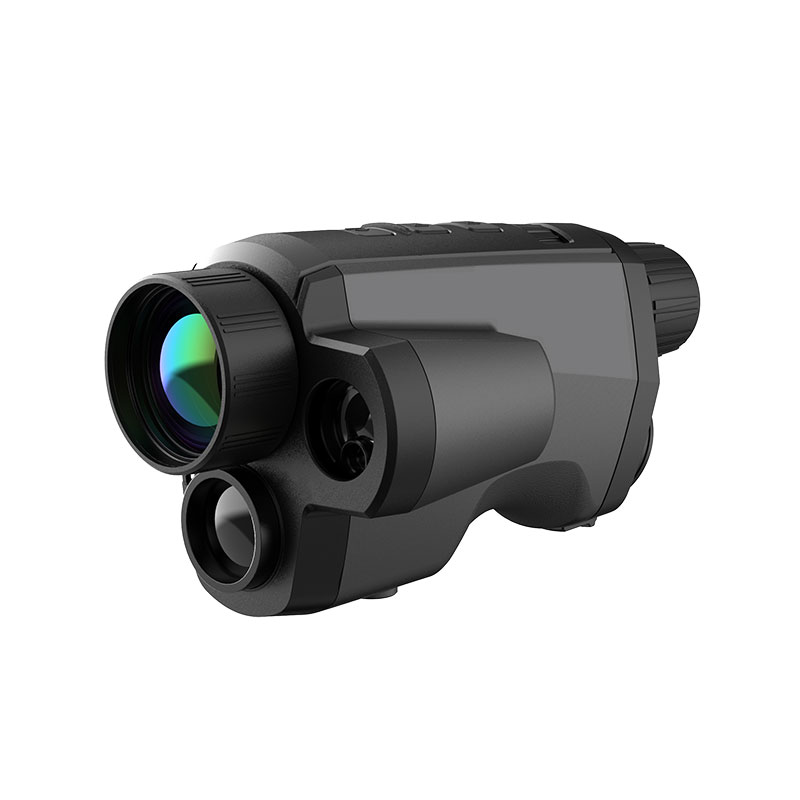
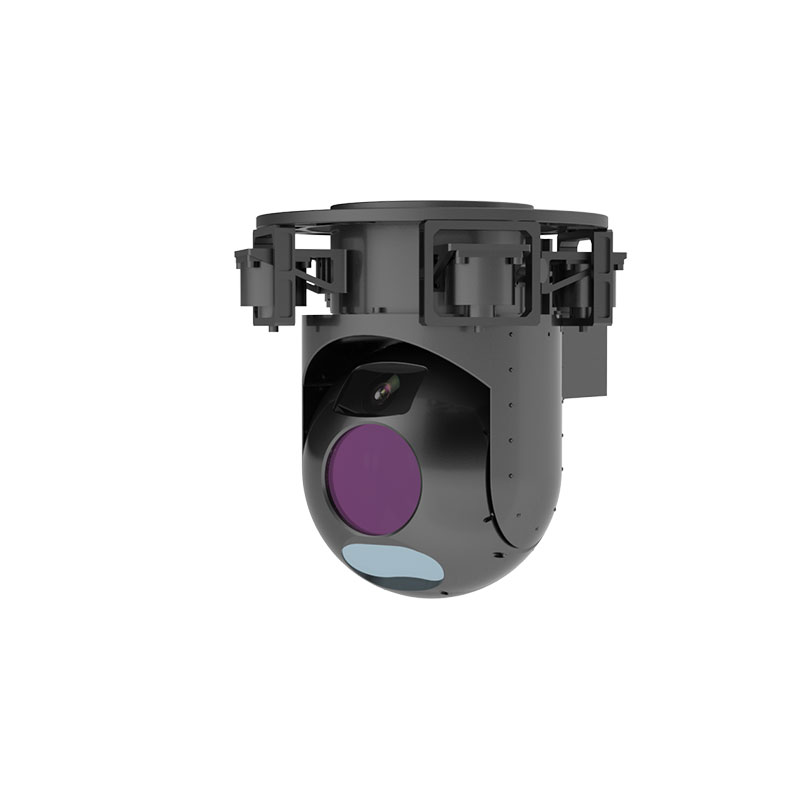

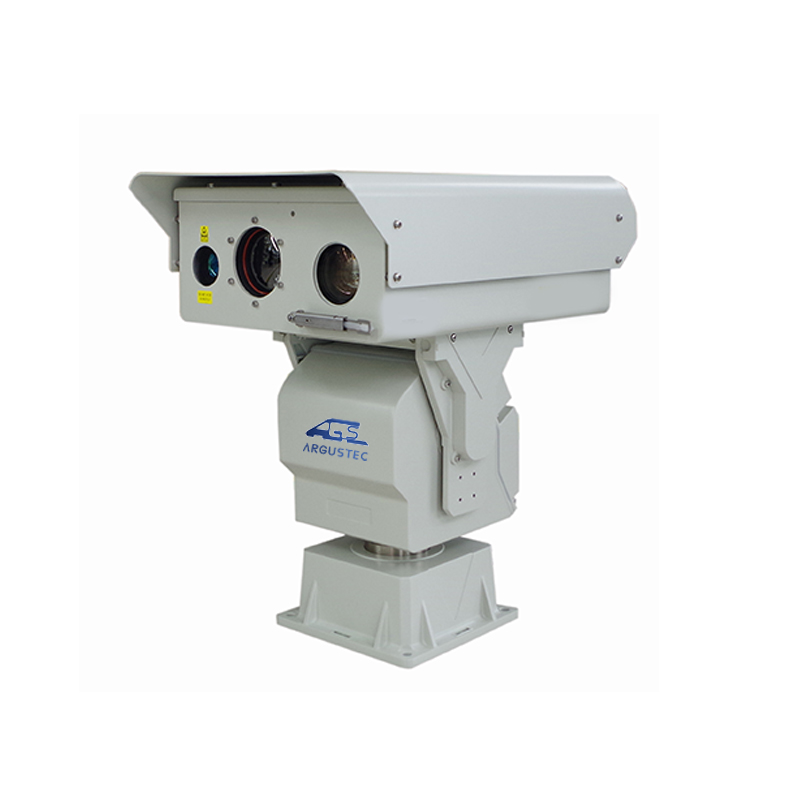
 English
English



